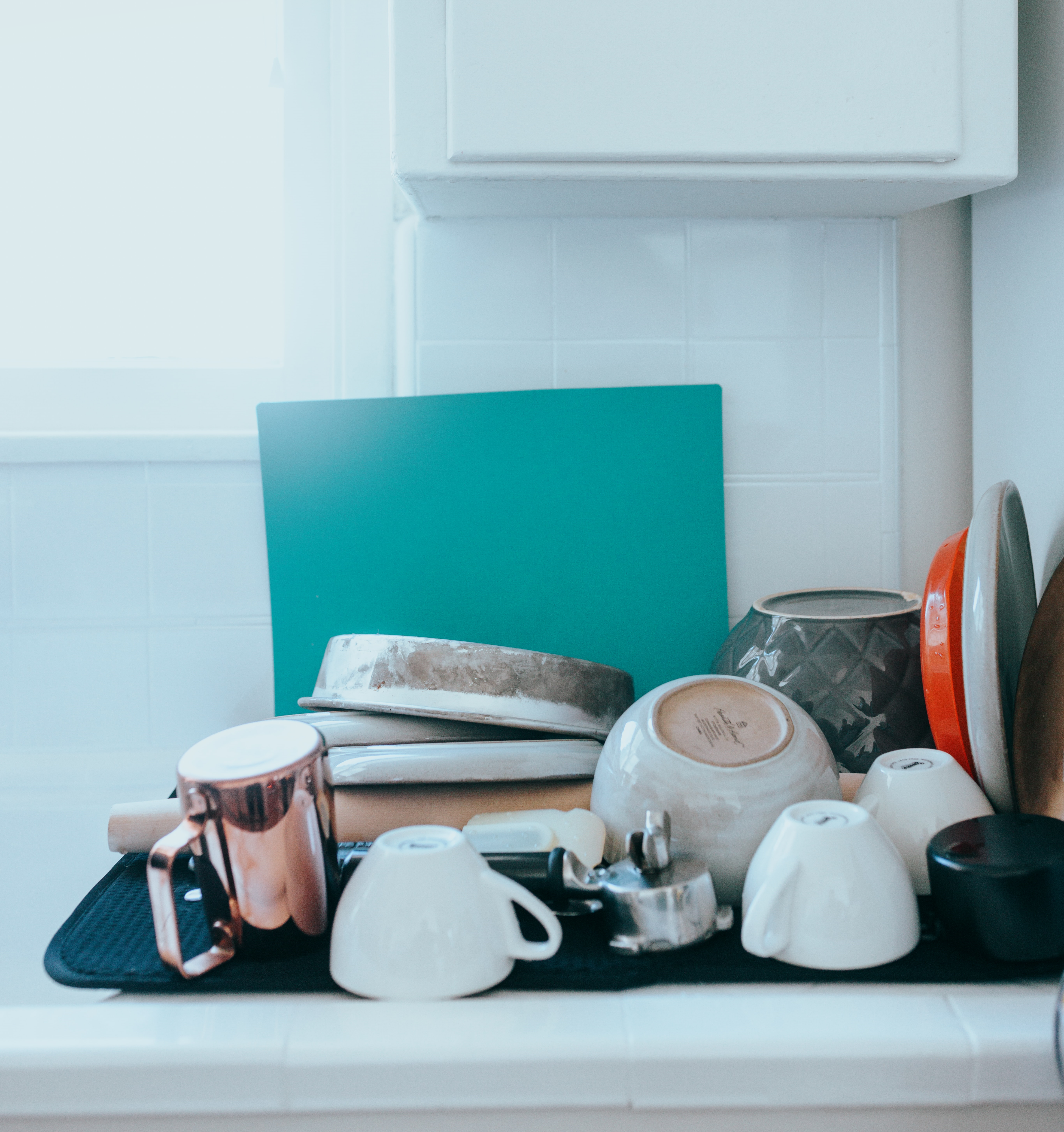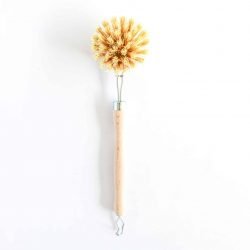The discussion between hand-washing or dishwasher has been going on for some time. After reading this article, you will be able to draw your own conclusions and make more conscious decisions.
Did you know what the average water use per person is in the Netherlands? 52,000 liters per year, for a 1-person household. Proportionally, this number decreases as more people live in the same house.
Now, the use of water per day is on average 133 litres per person. What do we do with all those litres of water in a day? Mainly, bathing and going to the bathroom. But also, within that list, we find dishwashing.
Which one is more sustainable?
On average, a full dishwasher can wash 144 items with 13 litres of water. Doing the same job by hand uses an average of 100 litres, according to a study by the University of Bonn in Germany.
Nevertheless, not all dishwashers are the same. Most models made after 1994 use between 26 and 35 litres of water per cycle, while older ones use between 30 and 56 litres per wash. In case you have a dishwasher that is too old, or malfunctioning, hand washing may be back in the race!
However, newer designs have improved dishwasher efficiency enormously. If you are about to make an investment to buy a dishwasher, make sure it is an energy star rated one. Also, try to choose the size model that fits your needs.
There are other factors to consider besides water usage. Manual washing by running tap water leaves a trail of 5620kg of greenhouse gases over a period of 10 years, washing 32 cutlery a week. These gases are related to the energy that is used to heat the water. In contrast to washing a dishwasher which emits 2090 kg of emissions during the same period. This is less than half, according to Grist.org.
That said, it seems that the dishwasher has won. However, take a look at the following tips to make sure you’re using it at its best.
Tips to minimise waste by using the dishwasher:
- Always load the machine up. This will help make the most of the energy, water, and detergent the machine uses.
- Use eco-friendly dishwashing tablets.
- Avoid pre-rinsing by hand. The power of today’s dishwashers is enough to leave your dishes spotless.
- Air Dry: let them dry simply by opening the door when the program ends. Avoid the heat dry program.
If a dishwasher it’s not an option for the time being, follow these simple steps.
Steps for a more sustainable hand-washing
Note: A split sink it’s ideal for this! In case you don’t have one, you may want to get a big bowl.
1- Soak the dishes and cutlery in hot water and detergent for a few minutes. This will help save energy and water.
2- Scrub right there!
3- Rinse on the other side of the sink, also filled with hot clean water (not running). If you have a single compartment sink, you can get a big bowl for this step.
4- Let air dry or dry by hand with a cloth.
5- If you let water run while waiting for it to heat up, you can collect it and use it to take care of your plants 😀






